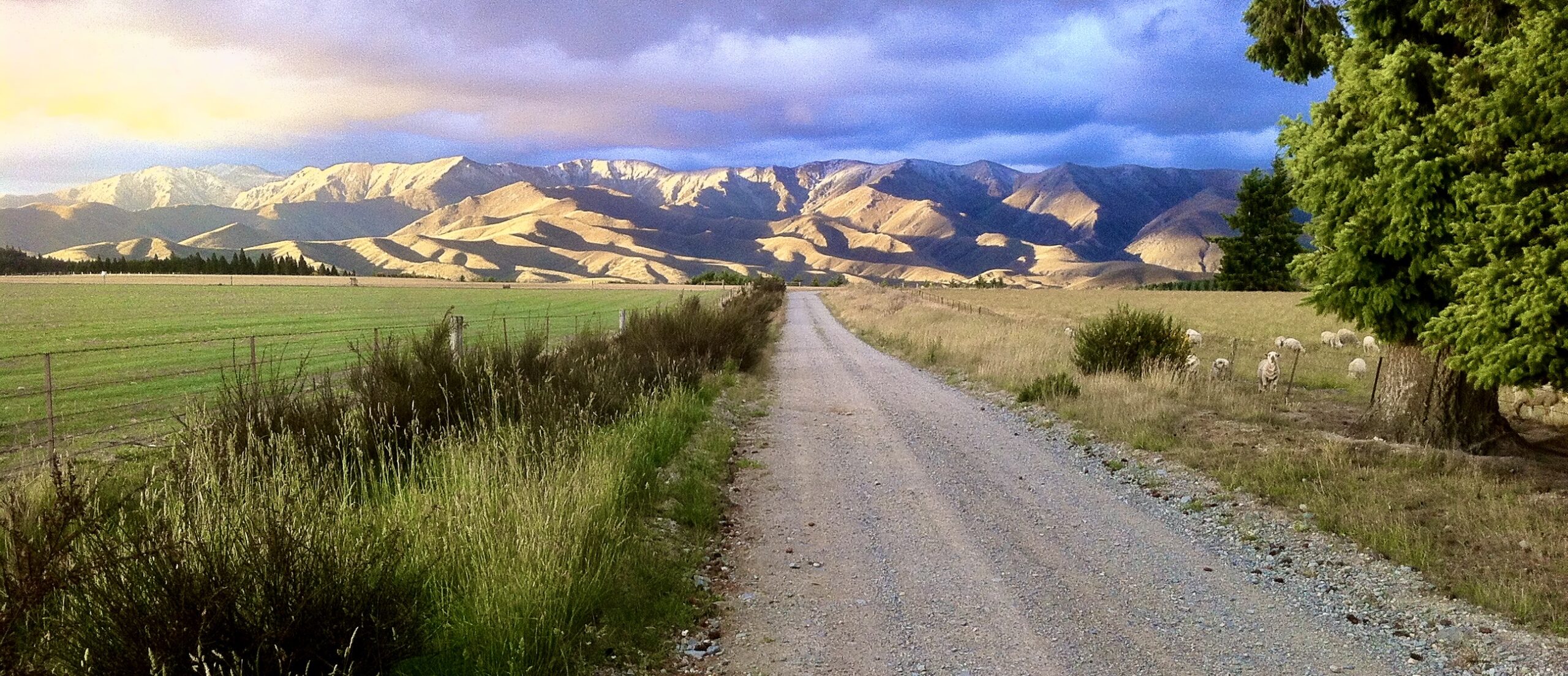It’s a bit tricky, watching the fiction of my grandmother’s life become increasingly fictional. Or rather, now the novel is out, seeing her actual life appear in greater detail and clarity. Letters have turned up, and new images, giving new impressions. The letters, written to her daughters, show a woman more socially involved, in later life, than the novel implies. It seems she was forever delivering cakes to friends or family, hosting visitors, or being one herself. Mind you, that’s the kind of impression letters can give when they compress a week’s well-paced activity into a list.
When I did the spit test recently, the DNA evidence brought to light a handful of cousins. One of them, Caroline, sent me these images yesterday. We’re pretty sure that’s young Nell in the cloche hat. In fact, it’s a pretty nice collection of hats. Wading down the Tasman Glacier (we think) with family and friends. Are they up to their chests, or sitting back for the photo? Judging by the tanned faces and forearm (the clincher, it’s so familiar), they’ve been out in the sun or snow-glare for a few days already.

This other pic is likely taken at Glen Lyon in the McKenzie country, their uncle’s station. The three older children, my father on the right, each hang onto a duckling or two. The only other connection I can make between Dad and ducks: travelling for his birthday from Otago to Canterbury, I was still puzzling what to give him when we saw a roadside sign: Muscovy Ducklings. I bought two and delivered them in a cardboard box. They free-ranged about the farmlet, and shat daily on the doorstep. I’m pretty sure they were subsequently eaten.

Dad and animals. Besides our pets (guinea pigs, a budgie), we always had chooks, usually a cat, sometimes a dog, and later fattening cattle. For a while, a sheep. We lived beside the springs of a creek in Christchurch. One day a very woolly sheep came running up the creek bed and had to climb out into our garden because this was the end (the source) of the creek. Dad said it must have fallen off a truck. He found a collar and kept it on a long wire that ran across the unruly back half-acre. Later in the summer, we watched the fleece fall from hand-shears onto a tarpaulin. Later still (Christmas, then January), we ate our way through vast quantities of smoked, aged mutton.
















































